A Complete Guide to Data Loggers
Our guide looks at data loggers, what they are, what they do, and the different types of data loggers available.

A data logger (sometimes written as datalogger) is typically a small but powerful piece of autonomous electronic measurement equipment. They are widely used in a diverse range of professional data sampling and analysis tasks. Data loggers allow the user to capture various types of information about a specific environment or process, often gathered remotely over an extended period of time.
In this data loggers guide, we’ll consider the equipment’s uses and main advantages, exploring some of the more common professional applications where they tend to be used. We’ll also take a brief look at how they work, and which types of data loggers are available for which sorts of jobs and environments.
What is a Data Logger?
Data loggers, or data recorders, are found in all manner of research, analysis, performance and process monitoring applications. As a result of this, they are used across a broad range of industries. They are designed to capture and store high volumes of accurate and detailed measurement information, usually as a way to track important environmental parameters in a specific process, timeframe or location.
The information that a data logger records is gathered via sensors or similar detection instruments that have been calibrated for sensitivity to certain environmental stimuli. These sensors can either be built directly into the device as fixed internal components or attached externally when needed.
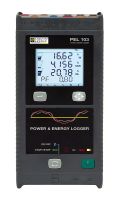
Today, the majority of these logging devices are battery-powered, compact and highly portable pieces of technology that form a key part of the wider data acquisition field. They can be used in almost any setting and are generally seen as a convenient and robust modern update for older, less flexible data collection equipment such as chart recorders.
In order to build a clearer picture of precisely what a data logger is and how it’s used in many day-to-day workplace scenarios, we’ll need to answer a few other key questions. These include:
-
What exactly is data logging, and why do we need it?
-
What sorts of things might a data logger record?
-
What are the main technology components of a typical data logger, and how does it work?
-
Why are data loggers more useful than other types of measurement devices?
We will cover how data loggers are put together and exactly how they work in subsequent sections. However, to get us started, we’ll first look at what data logging is and what sorts of professional scenarios or sectors might depend on it.
Why Do We Need to Use Data Loggers?
Data logging itself covers an extensive range of activities, purposes and environments. Dedicated data recording devices are most often used in applications where critical measurements need to be taken regularly and consistently over extended periods of time.
Some typical examples of common industrial, field and laboratory uses for data logging might include:
-
Weather tracking, prediction and environmental hazard detection - data loggers are widely used in all sorts of environmental research and for tracking phenomena such as weather patterns, climate change, river levels/cleanliness, and numerous parameters of natural habitats and ecosystems
-
Pressure, temperature and flow rate recording - vital parameters in many industrial processes, storage facilities, energy plants, tank systems, production lines, and so on
-
A broad range of condition monitoring and feedback devices in healthcare and medical facilities
-
Countless laboratory and environmental control uses such as sterilisation, refrigeration, storage and cultivation
-
Agricultural and horticultural growth monitoring and resource optimisation
-
Food preparation, storage, transport and display
-
Efficiency monitoring and facilities management - tracking power usage, monitoring heating and lighting provision in homes/offices/schools, HVAC and temperature control in warehousing and industrial units
-
Automotive and vehicular monitoring, performance and safety - crash data, road traffic counting and flow management, railway signalling performance, continuous emissions sensors, general automotive safety testing
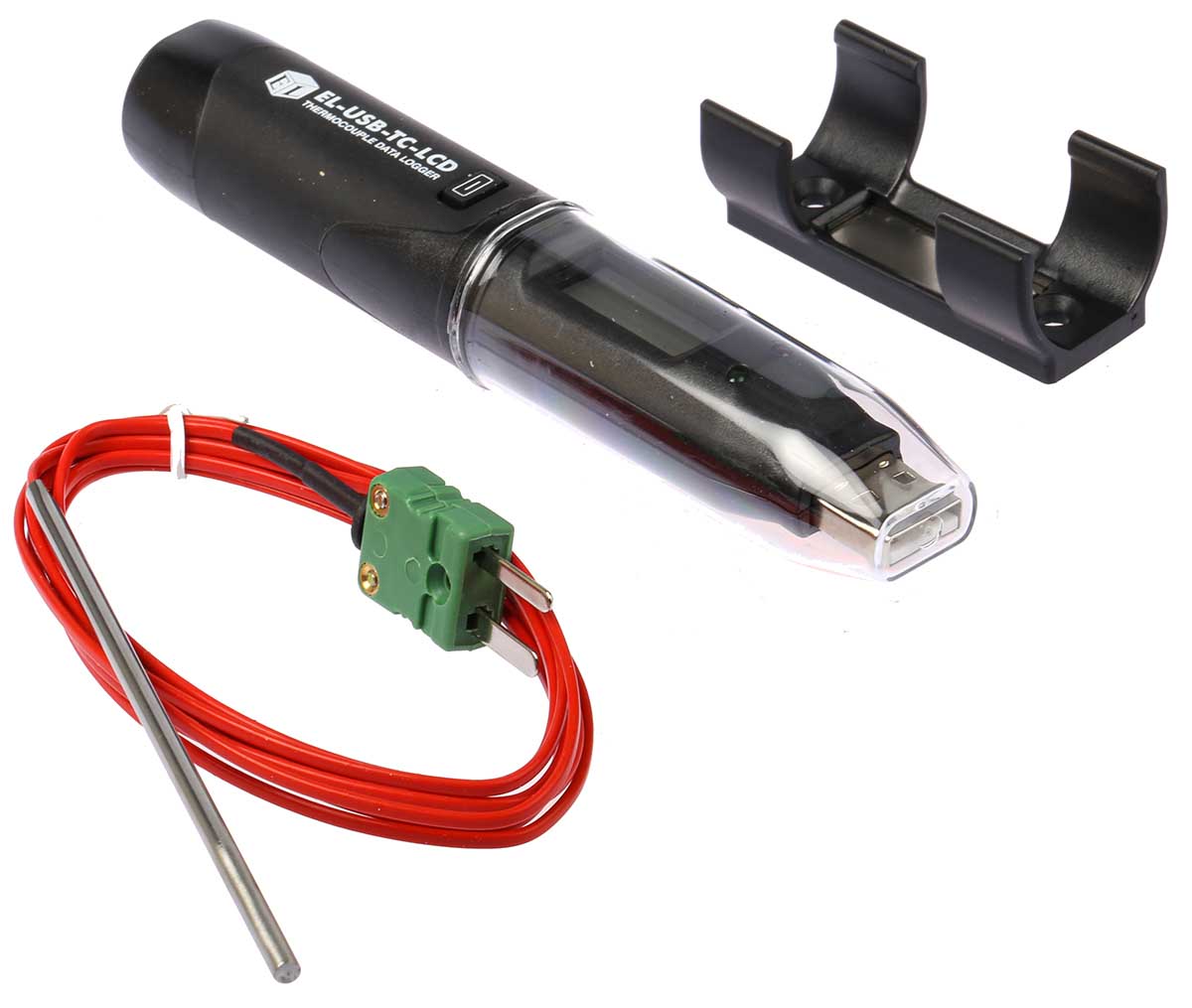
There are a great many reasons why particular jobs, roles or businesses might need to perform data logging activities such as those listed above. In addition to simply enhancing performance and efficiency across countless different sorts of processes, data acquisition is often closely related to issues of industrial regulation, health and safety monitoring, legal compliance and environmental/quality control.
Additional data logging activities could include:
-
Sports, racing and performance analysis
-
Device or component performance tracking for troubleshooting and fault detection, including process monitoring for warranty conditions
-
General scientific/engineering research and recording purposes
How Does a Data Logger Work?
Most of these devices are equipped with an internal microprocessor (effectively a small, multi-function computer processing chip), some form of on-board data storage, one or more sensors or detection instruments, and potentially a variety of other data logger accessories.
A data logger works by automatically monitoring and recording specific environmental parameters via their sensor components, then storing the resulting data in their memory. They can either be configured as relatively simple ‘standalone’ devices, or more complex multi-channel versions with numerous sensors and accessories fitted for logging a more diverse array of measurements.
These measurements are generally taken at regular intervals set by the user. Before placing the logger, you input some settings telling it how frequently to take a reading, and for how long. Depending on the application, a data logger might be configured to take just a single reading per hour or per day or as many as multiple readings per second. Once the required data has been collected, the device will usually be able to show all of these captured measurements in a variety of handy formats, including visually displaying the results through graphs.
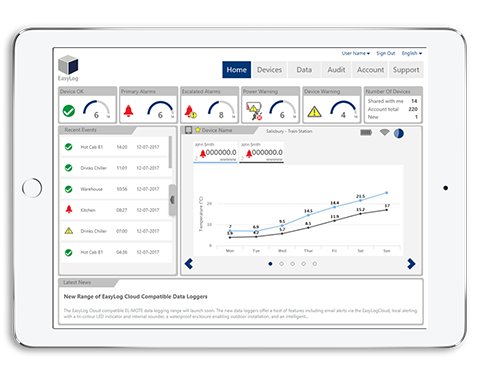
As noted above, most modern variants of this equipment are small battery-powered devices - especially the standalone variants. Typically, devices set to take less frequent readings will have the ability to enter a sleep mode between measurements, conserving battery power.
Being compact and typically fairly rugged, they can often be left unobtrusively in the desired location for extended periods of time and don’t necessarily need to interface with a desktop computer. Modern data loggers can often output their captured data directly via a screen, although these tend to be somewhat basic. However, the data they collect is very often downloaded to a PC later for easier display, analysis, sharing and long-term archival storage.
Advantages of Data Loggers
There are many benefits to these types of devices when being used out in the field across a variety of demanding applications, environments and industries. Some of the most useful data logger advantages and abilities include:
-
Data loggers offer a practical way to gather large volumes of performance, environmental or process data over an extended period of time
-
As well as making for much more meaningful and usable data sets, this can also be extremely important in identifying or demonstrating patterns of behaviour or performance retrospectively
-
Due to their compact size and often rugged outer construction, certain data loggers can be deployed in a wide variety of challenging environments and left to record measurements automatically at set intervals for as long as they remain powered on
-
Processes and conditions can, therefore, be measured, documented, analysed and validated across far more extensive timeframes than would be practical (or cost-effective) using devices that require constant human supervision or input
-
Although often connected to a desktop computer at a later stage for data download, graphing, analysis and storage, they don’t need to be hooked up to any other devices while actually collecting measurements
-
This makes data loggers far more versatile in terms of deployment (location and duration) than devices that don’t offer any standalone functionality
-
Interfaces tend to be reasonably user-friendly; most data loggers only need to be configured rather than programmed
-
Most general multi-channel data loggers can accept both analogue input signals (pH, temperature, humidity) and digital input signals (wind speed measured via a paddle, for example). Other types might be configured for a single specific type of thermocouple or atmospheric sensor
-
Low power consumption modes are common, meaning that many devices can reliably be used for a very long time between battery changes or charges
-
Depending on your budget and how critical the accuracy of your data collection is, many different price brackets are available. Options range from relatively cheap and simple plug-and-play units up to extremely accurate and feature-rich high-end models with full wireless networking capabilities
-
Advanced features such as cloud-based Wi-Fi data logging can handle large volumes of information upload automatically and remotely, making real-time results globally available almost instantly (regardless of where data is being captured from)
-
Different sensors, accessories, add-ons and instruments can increase flexibility without necessarily having to choose a single dedicated acquisition unit for every type of parameter being measured and logged
Types of Data Loggers
In order to accompany the dozens of varying roles that these versatile devices can perform, a great many different types of data loggers are available. Just a few broad subtypes that you may already be familiar with include ‘black box’ flight and voyage data recorders, accident data recorders, remote weather stations, track and lap timers, and numerous sorts of vehicle sensors and on-board diagnostics (OBD) recorders.
The best data loggers, sensors and instruments to use in any given scenario will depend entirely on the particular kinds of measurements that you are looking to capture and analyse.
Different brands or models of data acquisition device might be designed to capture parameters related to all manner of data such as:
-
Air temperature
-
Humidity
-
AC/DC current and voltage
-
Differential pressure
-
Time-of-use (lights, motors, etc.)
-
Light intensity
-
Water temperature and level
-
Dissolved oxygen
-
Soil moisture
-
Rainfall
-
Wind speed and direction
-
Leaf wetness
-
Pulse signals
-
Room occupancy
-
Plug load
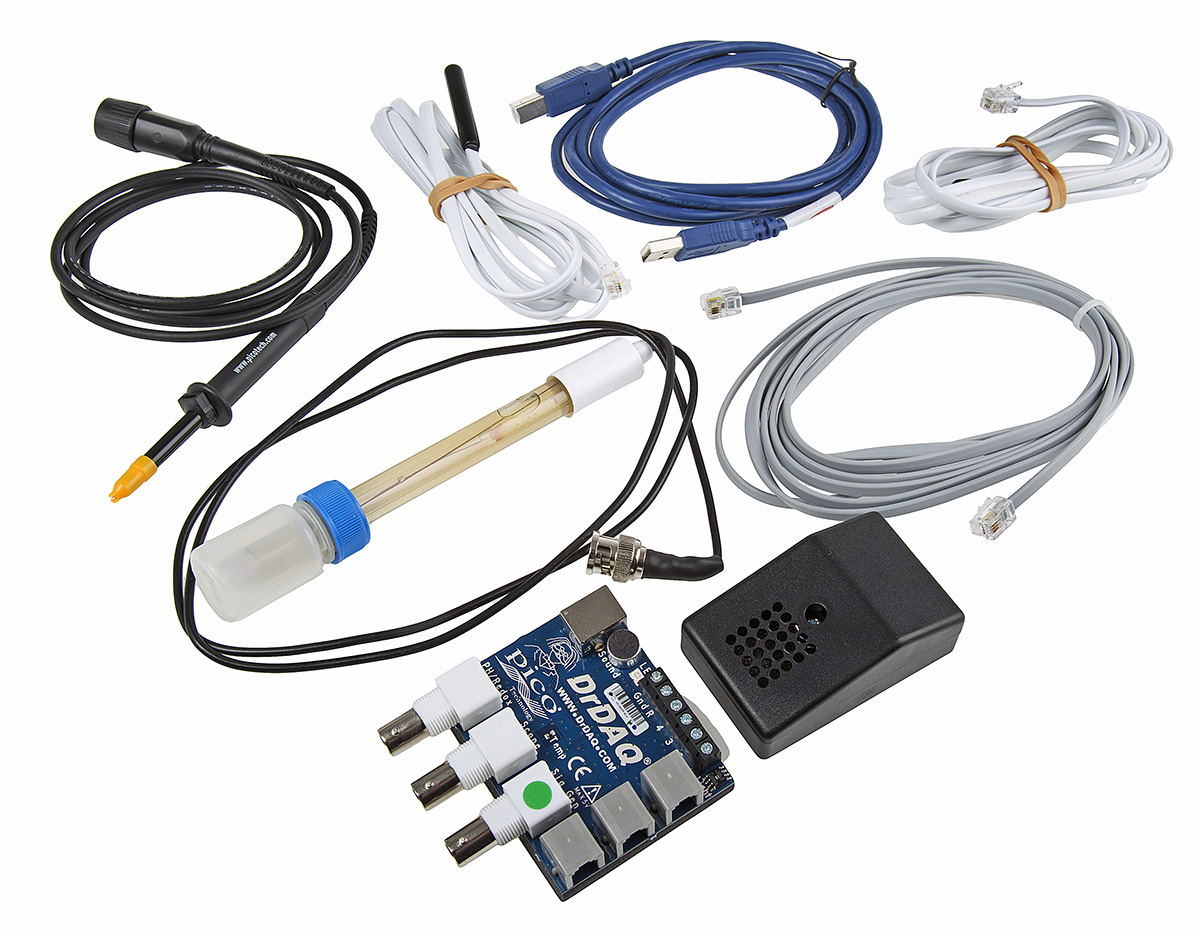
Of course, these are just a few examples but the reality is that this equipment can be used to capture almost any measurable characteristic of an environment or process.
Of the above, the most common and widely used types are temperature, pressure, humidity, voltage and current data loggers. Multi-input data loggers can measure signals from two or more of these input sources; certain advanced multi-channel models may even be able to sense and record all of the above.
Temperature and Humidity Data Loggers
It is thought that temperature is the second most-measured parameter the world over, after time. Unsurprisingly then, temperature data loggers are also one of the most frequently used measurement devices across all industries, and easily one of the most widely encountered data acquisition tools out in the field.
Temperature data loggers (or temperature monitors) can often be used to measure both extremely high and/or low heats in both solids and liquids, while humidity (or, commonly, temperature and humidity) data loggers usually offer an additional array of moisture-related capture capabilities such as dew point, absolute concentrations and relative humidity levels.
There are numerous different designs, models and configurations of temperature and humidity data logging devices, most of which use some type of internal thermistor or thermocouple. Additionally, they can often be connected to a variety of external temperature probe instruments, too. Depending on the exact use in question, certain industries and applications might require prior calibration to specific standards and protocols for compliance reasons.
Data Loggers and Technology
Take a look at this video and learn how PRO-MOTE data loggers record temperature and humidity to the cloud, which can then be accessed anywhere via different devices.
Click the button below to browse temperature and humidity data loggers from our own RS Pro range.
Take a Closer Look!
Spotlight on the Pico TC-08 data logger, including how to use and set up the equipment, how to take measurements, how to record, take readings and share the data.
Feeling inspired? Click the button below to find temperature data loggers from Pico Technology.
Voltage Data Loggers
Voltage loggers or electrical data loggers are another popular type and can again be bought in a wide variety of specialised configurations and models such as AC line data loggers, DC voltage loggers, plug-in data loggers and USB voltage loggers.
Voltage data logging devices can usually adapt to any type of voltage measurement, including pressure to torque and load to force. Current data loggers include a diverse array of AC and DC monitoring devices and are often used as a means of verifying construction or heavy plant equipment. These devices are widely chosen for tracking energy consumption and detecting drops and surges and can be bought in both single and multi-channel configurations.
Other Types of Data Loggers
Many other specific types of data loggers can be bought for performing more specialised industrial or domestic roles and functions, including:
-
Sound level data loggers
-
Water level data loggers
-
Light intensity sensors
-
Shock and vibration data loggers
-
Various types of environmental meters and loggers
In general, it’s also important to be aware of some common broader categories of data loggers, such as:
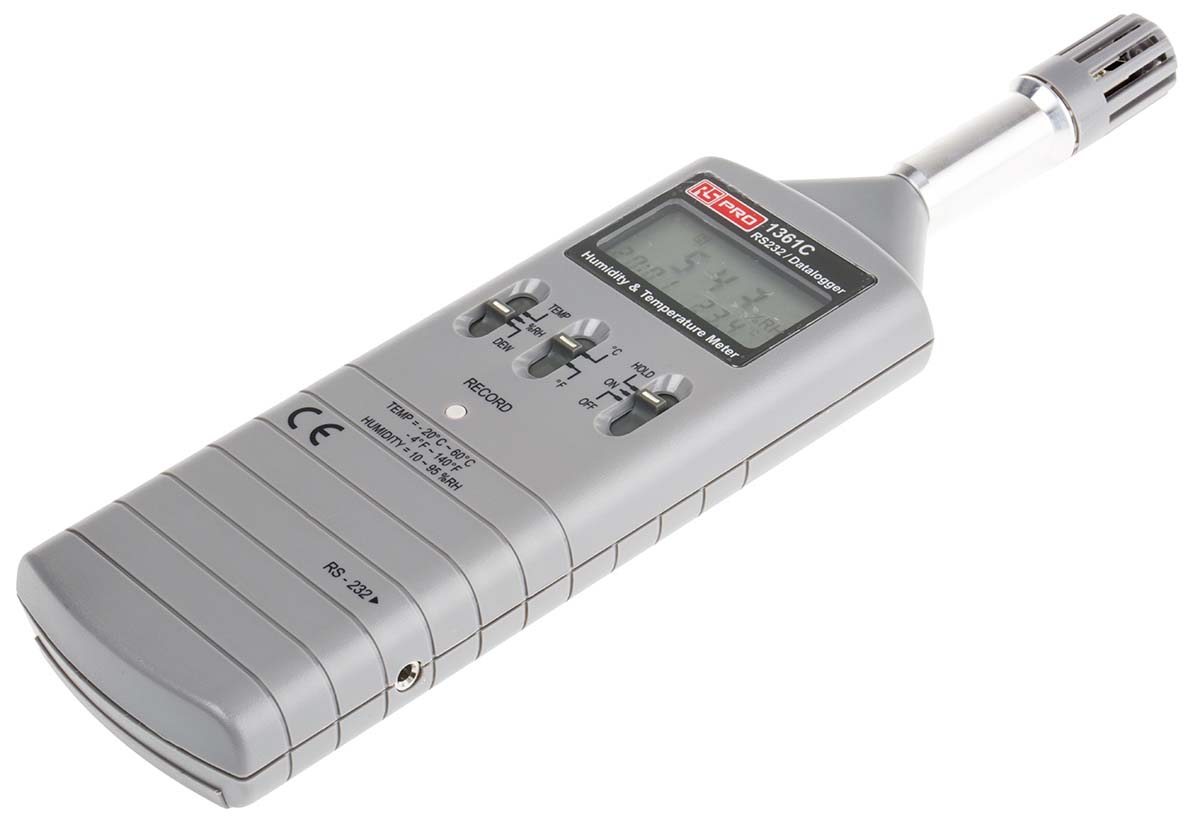
Single input data loggers are generally set up to measure just one type of environmental parameter via a particular type of input source or sensor. They are often the cheapest and most straightforward devices.
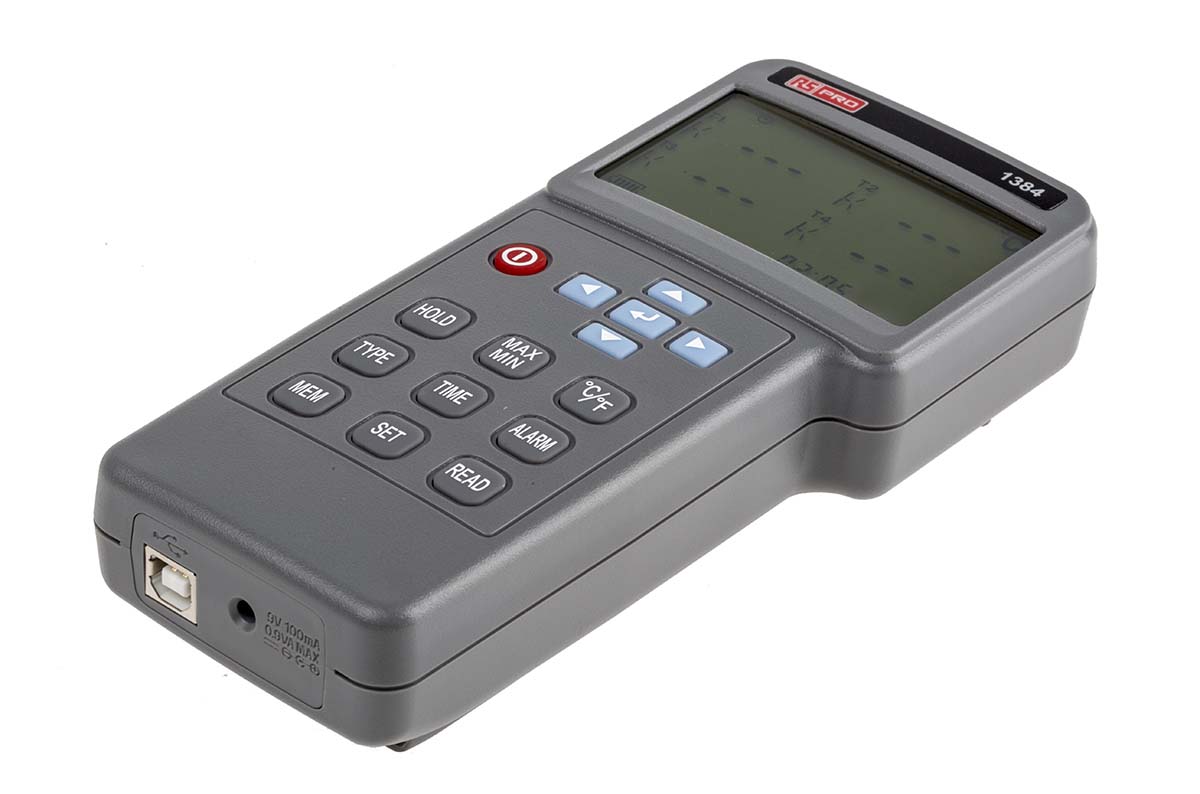
Multi-channel loggers are complex yet versatile handheld devices designed to be carried between environments. They can accept various input signals via different types of probes, attachments and sensors.
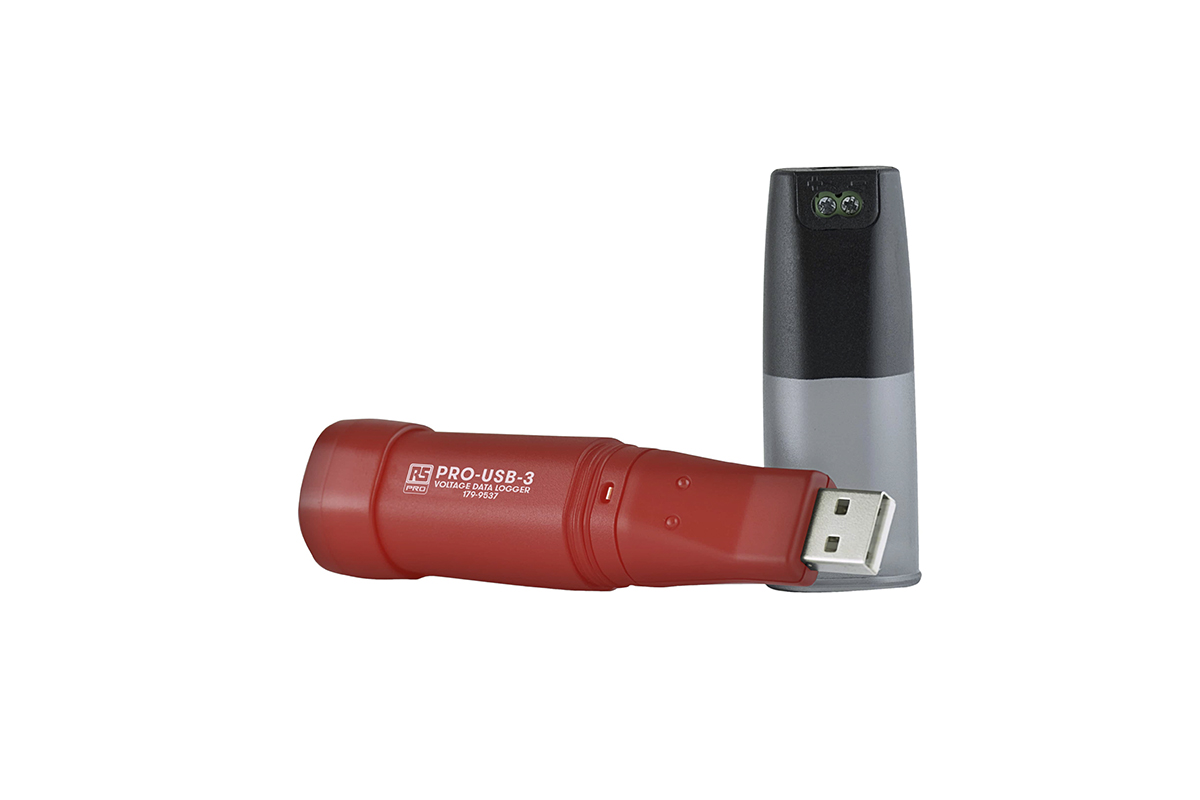
USB data loggers are compact, low-cost units built to interface directly with a PC via a standard USB port. They are often cheaper than networked or wireless versions.
FAQs
Is There a Difference Between Data Acquisition and Data Logging?
Strictly speaking, yes - data logging is part of the broader data acquisition process. Acquisition involves the physical act of the actual collection of data, whereas logging specifically refers to the act of recording and storing that data. However, many modern data loggers actually perform elements of both, which is why they’re so much more cost-effective and efficient than many older standards of data collecting and monitoring equipment.
Why is a Data Logger Better Than a Thermometer?
Most forms of data logging can be done manually using other types of measurement equipment. However, it’s often impractical, expensive (in human resources terms) and inaccurate to try to do this regularly over an extended period of time. Data loggers save both time and money by almost entirely automating the process. Additionally, they can also increase the accuracy both of the measurements themselves and of the output data displays.
What Factors Will Most Directly Influence My Choice of Data Logger?
First and foremost, the primary influencing factors will be the exact type of data collection you need to perform and the purpose(s) for which the data is to be used. Additionally, you must also consider:
-
Device cost
-
Size, weight, portability and mounting options (if applicable)
-
Battery life
-
Ease of use and configuration
-
Data export options and interfaces (including software and integration with any other relevant systems)
-
Build quality and environmental resistance (e.g. IP rating)
You should also consider features and capabilities including:
-
Safe performance ranges (e.g. temperature, pressure etc)
-
Memory and number of measurements stored
-
Accuracy and precision
-
Display resolution
-
Response time
Popular Brands
Gemini
Browse our range of data loggers from Gemini and discover the most suitable product for your application.
Lascar
With a wide range of USB data loggers available, explore the full range of Lascar data loggers available at RS Components.
Comark
Comark data loggers are ideal for a wide range of applications. Shop online with RS Components.
Testo
Explore data loggers from leading brand Testo and find the best product for your requirements.